The -1.9% plunge in the headline consumer price index (CPI) smashed the -1.5% decrease recorded in the December quarter of 1953.
"This was the largest quarterly fall in the 72 year history of the CPI," said Chief Economist for the ABS, Bruce Hockman.
This was driven by the impacts of the COVID-19 pandemic which squashed consumer demand for many products.
The ABS said COVID impacts via temporary free childcare, healthcare premium and rental deferrals, petrol prices and travel bans all contributed to the steep fall, while alcohol and tobacco were among the few products that increased in price.
Childcare costs plunged -95%, followed by petrol prices (-19.3%), and pre-school and primary education (-16.2%).
Mr Hockman said if it weren't for this, CPI would have risen albeit marginally.
"Excluding these three components, the CPI would have risen 0.1 per cent in the June quarter."
It brings the annual inflation rate to -0.3%, falling well outside the Reserve Bank's inflation target range of between 2-3%.
"Since 1949, this was only the third time annual inflation has been negative. The previous times were in 1962 and 1997-98," Mr Hockman said.
Need somewhere to store cash and earn interest? The table below features introductory savings accounts with some of the highest interest rates on the market.
Provider | |||||||||||||
|---|---|---|---|---|---|---|---|---|---|---|---|---|---|
| 4 | 0 | 0 | $product[$field["value"]] | $product[$field["value"]] | $product[$field["value"]] | More details | |||||||
Savings Accelerator
| |||||||||||||
Disclosure | |||||||||||||
Savings Accelerator
Disclosure
| |||||||||||||
| 4 | 0 | 0 | 1 | $product[$field["value"]] | $product[$field["value"]] | $product[$field["value"]] | More details | ||||||
| FEATURED | High Interest Savings Account (<$250k)
| ||||||||||||
Disclosure | |||||||||||||
High Interest Savings Account (<$250k)
Disclosure
| |||||||||||||
| 0 | 0 | 0 | $product[$field["value"]] | $product[$field["value"]] | $product[$field["value"]] | More details | |||||||
| FEATURED*Score $20 using code SWIPE20 | Save Account
| ||||||||||||
Disclosure | |||||||||||||
Save Account
Disclosure
| |||||||||||||
| 4 | 0 | 0 | 0 | $product[$field["value"]] | $product[$field["value"]] | $product[$field["value"]] | More details | ||||||
Hi Saver | |||||||||||||
| 4 | 0 | 0 | 0 | $product[$field["value"]] | $product[$field["value"]] | $product[$field["value"]] | More details | ||||||
Bonus Saver | |||||||||||||
| 4 | 0 | 0 | 1 | $product[$field["value"]] | $product[$field["value"]] | $product[$field["value"]] | More details | ||||||
Online Saver | |||||||||||||
| 0 | 0 | 1 | $product[$field["value"]] | $product[$field["value"]] | $product[$field["value"]] | More details | |||||||
Up Saver Account | |||||||||||||
| 0 | 0 | $product[$field["value"]] | $product[$field["value"]] | $product[$field["value"]] | More details | ||||||||
Qsaver | |||||||||||||
| 0 | 100 | 1 | $product[$field["value"]] | $product[$field["value"]] | $product[$field["value"]] | More details | |||||||
Bonus Saver Account | |||||||||||||
| 0 | 100 | 0 | $product[$field["value"]] | $product[$field["value"]] | $product[$field["value"]] | More details | |||||||
Bonus Saver | |||||||||||||
| 3 | 0 | 0 | 0 | $product[$field["value"]] | $product[$field["value"]] | $product[$field["value"]] | More details | ||||||
Maxi Saver | |||||||||||||
| 0 | 100 | 1 | $product[$field["value"]] | $product[$field["value"]] | $product[$field["value"]] | More details | |||||||
Bonus Saver Account | |||||||||||||
| 4 | 0 | 0 | 1 | $product[$field["value"]] | $product[$field["value"]] | $product[$field["value"]] | More details | ||||||
Netsave Account | |||||||||||||
| 0 | 200 | 1 | $product[$field["value"]] | $product[$field["value"]] | $product[$field["value"]] | More details | |||||||
Growth Saver | |||||||||||||
| 4 | 0 | 0 | $product[$field["value"]] | $product[$field["value"]] | $product[$field["value"]] | More details | |||||||
Simple Saver | |||||||||||||
| 0 | 1000 | $product[$field["value"]] | $product[$field["value"]] | $product[$field["value"]] | More details | ||||||||
Virgin Money Boost Saver | |||||||||||||
| 0 | 2000 | 0 | $product[$field["value"]] | $product[$field["value"]] | $product[$field["value"]] | More details | |||||||
HomeME Savings Account (<$100k) | |||||||||||||
| 0 | 200 | 0 | $product[$field["value"]] | $product[$field["value"]] | $product[$field["value"]] | More details | |||||||
Online Savings - Premium Saver | |||||||||||||
| 0 | 10 | 0 | $product[$field["value"]] | $product[$field["value"]] | $product[$field["value"]] | More details | |||||||
mySaver | |||||||||||||
| 3 | 0 | 0 | 0 | $product[$field["value"]] | $product[$field["value"]] | $product[$field["value"]] | More details | ||||||
Online Savings Account | |||||||||||||
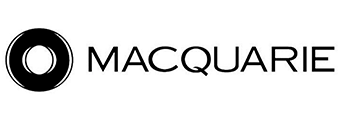
- Bonus variable rate for the first 4 months on balances up to $250k and high variable ongoing rates.
- No fees and no monthly requirements to earn interest.
- Easily open an account online in 3 minutes.
Notable price increases driven on the back of increased spending during the COVID-19 pandemic include cleaning products (+6.2%), toilet paper (+4.5%), furniture (+3.8%); major household appliances (+3.0%) and audio, visual and computing equipment (+1.8%).
The figures from the ABS fell just shy of economists predictions.
Westpac economists had forecast a -2.4% decline in the June quarter CPI, while the rest of the market had predicted a -2% fall.
Westpac senior economist Justin Smirk said the pandemic has extinguished hopes of a recovery.
"Despite many of the shocks being one offs that are set to be reversed, the COVID shutdown has shifted what we thought were signs of a recovery to a broader mixed outcome with signs of a underlying deflationary trend in many series again in Q3," Mr Smirk said.
"Looking at the big one offs it is important to distinguish which are policy induced (so there should be a quick rebound to previous levels as short-term assistance is unwound) and those induced by the collapse in demand (fuel prices due to the collapse in crude prices) which have already seen something of a rebound so far through the September quarter.
"These prices are not expected to make a full recovery any time soon."
Mr Smirk said the bank expects the CPI to bounce back by 2.1% in the next quarter, but warns it may not be enough.
"Even if we see the expected significant bounce in Q3 associated with the unwinding of government assistances packages, it will not be enough to drive a meaningful lift in underlying inflationary momentum."
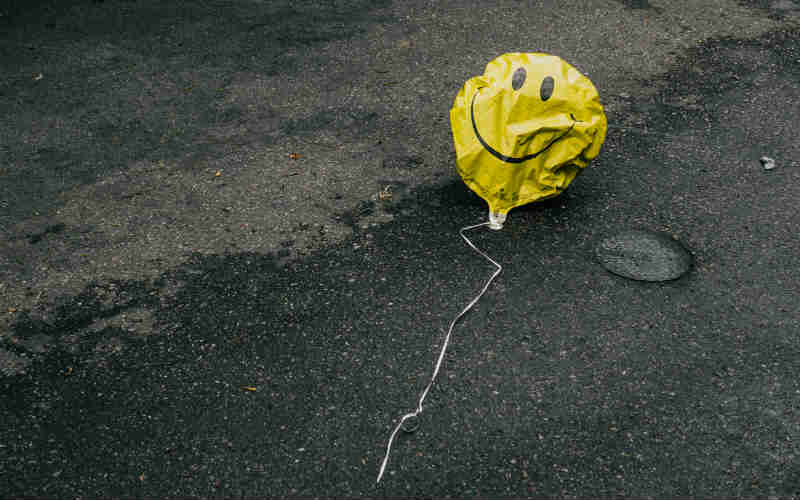
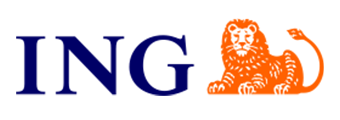
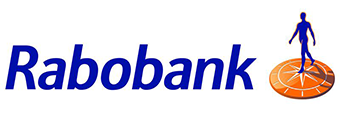
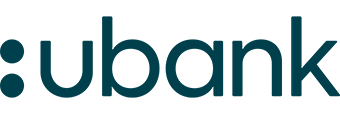
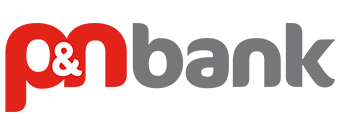
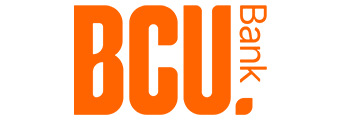
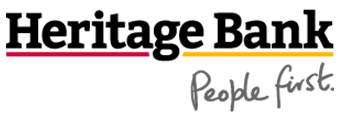

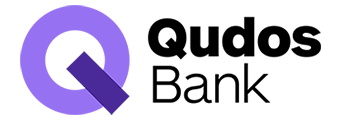
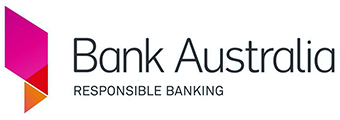
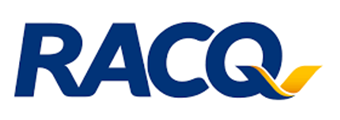
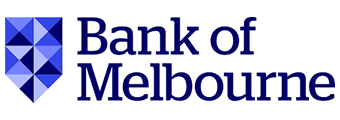
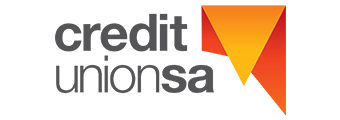

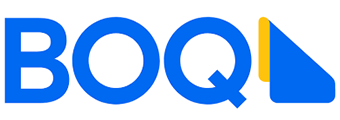
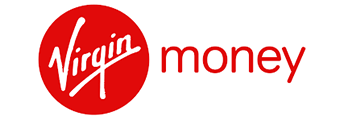
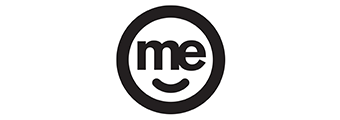
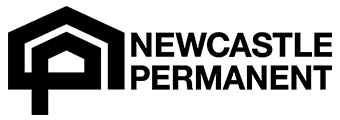

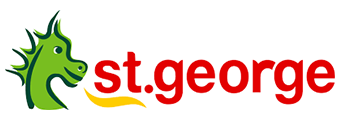
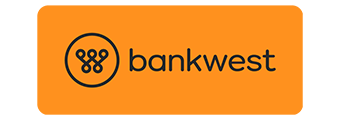
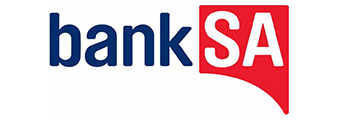
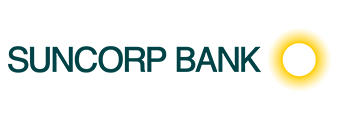
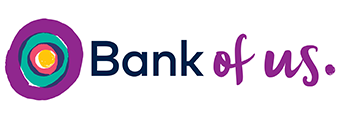
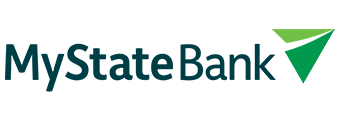
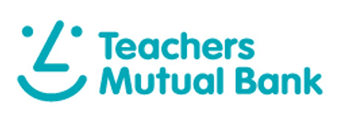
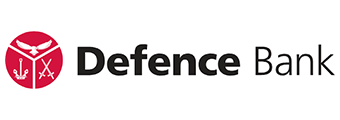
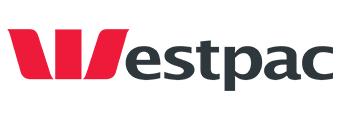
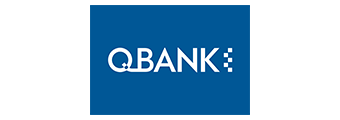
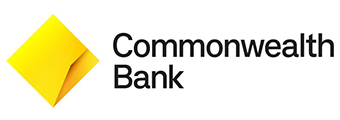
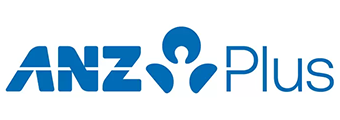
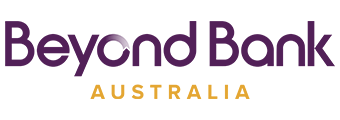
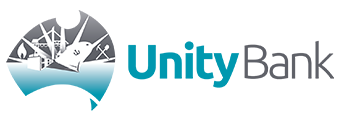
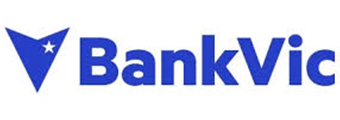
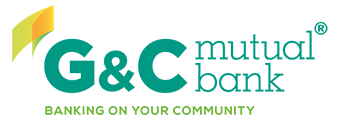
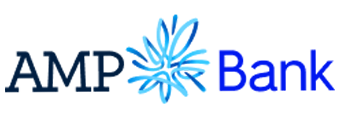


 Denise Raward
Denise Raward
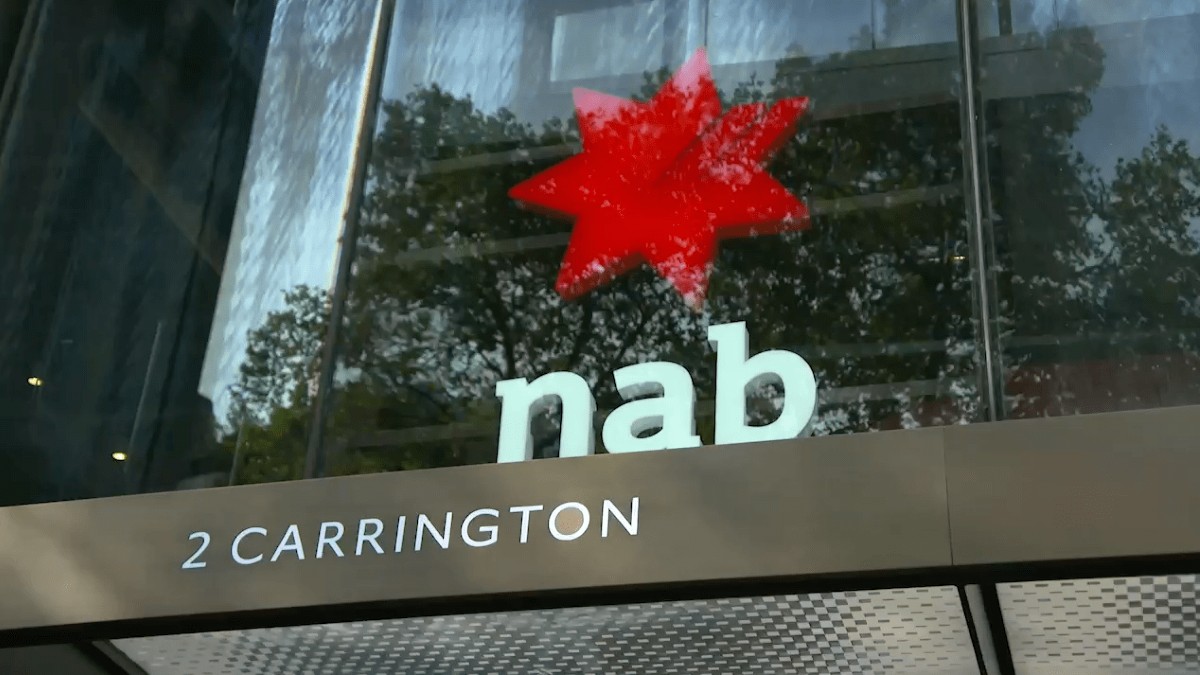
 Harry O'Sullivan
Harry O'Sullivan
 Rachel Horan
Rachel Horan

